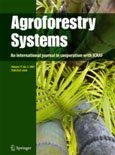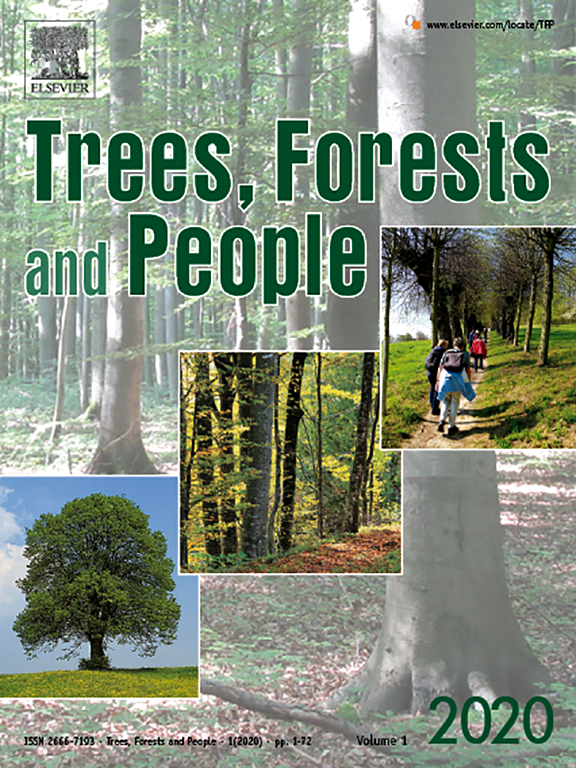Arid lands cover 17% of the world’s land. There, crop production largely depends on irrigation and frequently faces water shortages. Cotton is grown in arid lands, e.g. Central Asia and Northwest China. Today, the Tarim Basin, Xinjiang, China has turned into the world’s most important cotton production region with an annual cotton lint production of 2.1 million t (8.85% of the world production). Against the background of water shortages, cotton farmers in parts of the Tarim Basin have shifted to more highly valuable fruit production, especially Zyzyphus jujube (Chinese Date) and the so-called Korla Fragrant Pear (Pyrus bretschneideri Rdhd.).This paper thus aims at assessing the costs, revenues, and profits as well as the return to land and the return to family labor obtained by farmers from those three crops in the Tarim Basin. Data were gathered through farm interviews.Seed cotton yield was 4482 kg/ha in average, with 6155 kg/ha attained by farms under the Xinjiang Production and Construction Corps (XPCC). XPCC, family farms, and commercial farms attained profits of 16846 CNY/ha, 1480 CNY/ha, and 3165 CNY/ha, respectively. Profits from Chinese Date were 53255 CNY/ha and 64279 CNY/ha for family farms and commercial farms, respectively. Among the cotton farm types, the XPCC have the highest profits and return to land. This largely can be explained by the high seed cotton yields of the XPCC farms. Though the XPCC farms are operated by single families, they belong to a strict organization, the XPCC, which urges the families to plant cotton, but provides extension services, too.Chinese Date has become an attractive alternative for small family farms.The value of this study lies in the primary data, household interviews, used. This especially applies for commercial farms which are located outside villages and their statistics.
DOI:
https://doi.org/10.9734/AJAEES/2016/22254
Altmetric score:
Dimensions Citation Count:
























